Head-to-Head: Samsung Galaxy SII Vs. Galaxy SIII
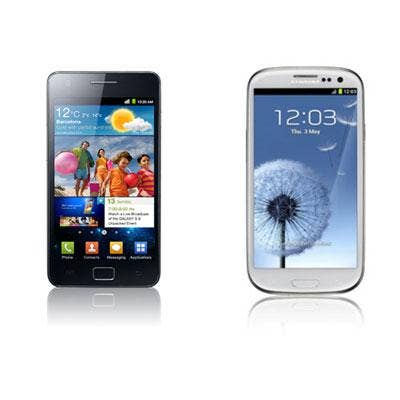
Spanning The Galaxies
It would be difficult to think of ways to top Samsung's Galaxy SII smartphone; a slender beauty that's about as powerful and feature-rich as an Android phone can be. Or, so we thought. With Samsung's latest iPhone killer, the Galaxy SIII, the company has truly outdone itself and improved the device in some surprising ways. Check out how they stack up against one another in a head-to-head Galaxy SII vs. Galaxy SIII comparison.
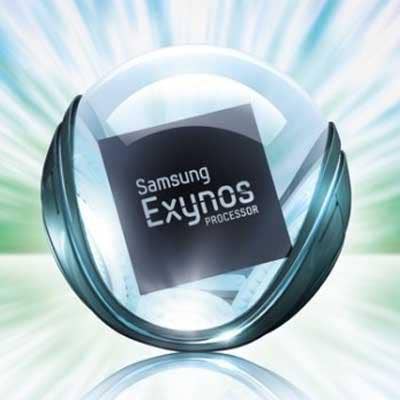
CPU, GPU And Memory
First we'll cover the not-so-surprising ways they compare. Samsung's crafty engineers continue to amaze the world with the pure power they can pack into an SoC. So much so that even Apple continues to have its iPad and iPhone SoCs made in Korea. The SIII is built around Samsung's Exynos 4412 quad-core SoC running at 1.4GHz. It contains four ARM Coretex A9 application processor cores and another four ARM Mali-400 GPUs. Though processors in the Galaxy SII vary by region, the comparable SoC would be the Exynos 4210, which encompasses two ARM Cortex application processor cores and a single Mali-400 GPU. (To compare, the unit covered in the CRN Test Center's Galaxy SII review was equipped with a 1.5-GHz dual-core Scorpion processor, Adreno 220 GPU and Snapdragon APQ8060 chipset from Qualcomm.)
Both of Samsung's Galaxy SII and SIII devices come with 1 GB of system memory, are available with either 16 GB or 32 GB of storage and support as much as 32 GB of additional expansion for a total maximum capacity of 64 GB.
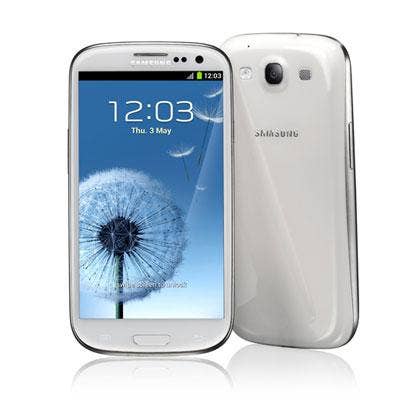
Display
The SII faces the world with a 4.3-inch WVGA display with a maximum resolution of 800 x 400 pixels. On the Retina scale, that calculates to a hair less than 217 ppi; a handsome display in anybody's book. On the other hand, the Galaxy SIII delivers 1,280 x 720 pixels on a 4.8-inch glass; that's a dot pitch that's just shy of 306 and far closer to Apple's iPhone 5 bar of 325 ppi. This is a bright and beautiful display that's super-sensitive to the touch and crisp and clear to the eye. No jaggies here; just smooth lines and lots of "wow" factor.
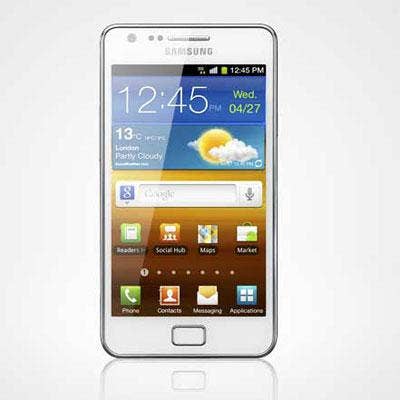
Dimensions
With an LED panel that's a half-inch larger diagonally than its predecessor, it stands that the SIII would be larger than the SII. And it is, but not by much. At 5.4 x 2.8 inches, it's less than a quarter-inch wider and just a half-inch longer than the SII. Yet with all those extra pixels and cores, the SIII is only 0.34 inches thick, just 0.01 inches thicker than the SII. The newer device did pack on a few ounces, six to be exact. The SII weighs 4.1 ounces versus the SIII's zaftig 4.7 ounces. Both devices protect their LEDs with Corning Gorilla Glass.
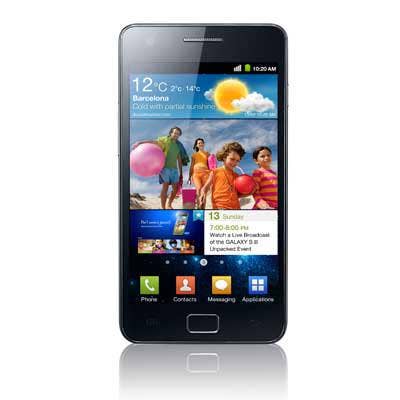
Controls
Among the biggest surprises was the addition of a physical "home" button like the one found on Apple's iPads and iPhones. This replaces the "soft" home key of other models and works anywhere, any time to bring the focus back to the home screen. Like the old home key, a long press brings up a list of running apps to tap into action or sweep away and kill. So what used to be four soft keys -- back, menu, search and home -- has been replaced by soft keys for menu and back functions straddling the physical home key. Controls for power and volume are still identically located on the right and left sides, respectively.
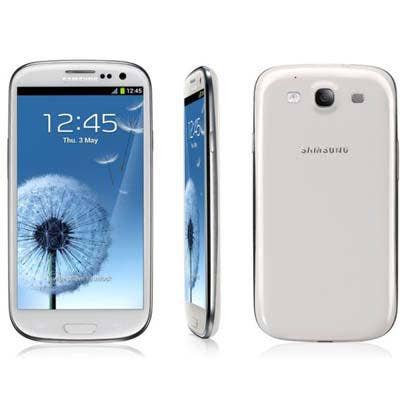
Coms And Cams
Samsung's Galaxies provide the same cellular radios -- HSPA, GSM and LTE -- as well as Wi-Fi and Bluetooth. The SIII adds an NFC radio and updates Bluetooth to v4; SII offers no NFC and is stuck on Bluetooth v3. At a full 2.0 megapixels, the SIII received a slightly more sensitive front camera than the SII's 1.9MP sensor; both offer 8MP rear cameras with Samsung's terrific photo software and widely published camera tricks.
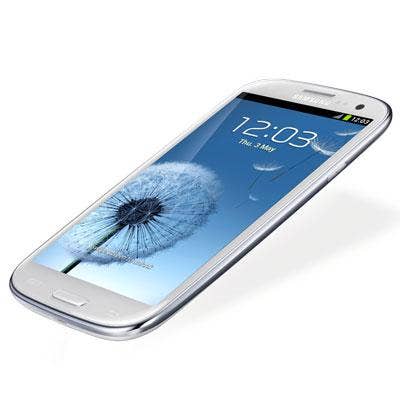
Bottom Line
To compete in a market crowded with Androids from all corners of the universe, Samsung has done a terrific job differentiating Galaxy devices with software. While we don't normally favor vendor-specific OS layers, Samsung's TouchWiz environment truly adds value and simplifies the standard UI with a highly intuitive overlay and versatile customization capabilities. And, features such as AllShare, a free solution for devices and desktop operating systems, continue to help keep Samsung ahead of the competition in the enterprise.